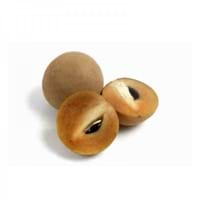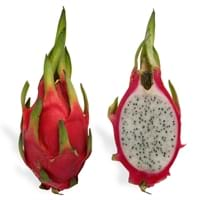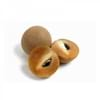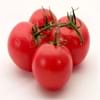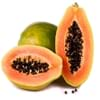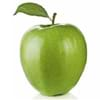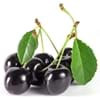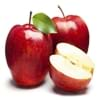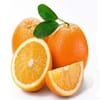Health Benefits
Anti-inflammatory properties, Arthritis treatment, Regulates Blood Sugar, Unknown
Anti-oxidant properties, Anti-aging benefits, Maintains healthy cholesterol level, Weight loss properties
General Benefits
Boosts immune system, Controls blood sugar levels, Digestive aid
Helps in weight loss, Suppresses Arthritis
Skin Benefits
Nourishes skin, Protects skin from oxidative stress
Anti-aging benefits, Heals sunburn, Treatment of acne
Hair Benefits
Prevents hair loss, Promotes longer and healthier hair, Regulates hair growth
Treatment of colored hair
Allergy Symptoms
Asthma, Red rash, Swelling of mouth, tongue or lips
NA
Side Effects
Diarrhoea, Vomiting
NA
Lactating Women
Yes
Not Available
Best Time to Eat
As a snack in the late afternoon
Any time except an hour after meal, Don't consume at night and before bed
Vitamin A (Retinol)
Not Available
Vitamin B5 (Pantothenic Acid)
Not Available
Vitamin B6 (Pyridoxin)
Not Available
Vitamin B9 (Folic acid)
Not Available
Vitamin C (Ascorbic Acid)
Calories in Fresh Fruit with Peel
Calories in Fresh Fruit without Peel
Not Available
Not Available
Calories in Frozen Form
Not Available
Calories in Dried Form
Not Available
Calories in Canned Form
Not Available
Calories in Juice
Not Available
Calories in Jam
Not Available
Type
Berry
Berry, Citrus, Fruit vegetable, Melon, Tree fruit, Tropical
Season
Winter
Early fall, Summer
Varieties
Bush Table Queen, Heirloom Table Queen, Festival Hybrid, Early Acorn Hybrid, Table Ace, Ebony and Cream of the Crop
Selenicereus megalanthus and Hylocereus polyrhizus
Seedless Variety
Not Available
No
Color
Dark green, Green-yellow, Orange green
Magenta, Pink
Inside Color
Not Available
White
Origin
Central America, North America, Unknown
Central America, Mexico
Soil Type
Well-drained
NA
Climatic Conditions
Cold, Sunny
NA
Facts about
- It was named as Acorn Squash for its resemblance to a large ribbed acorn.
- It is said that squash was being grown in Mexico as long as 10,000 years ago.
- It was the first food cultivated by native American Indians.
NA
Spirits
Not Available
Yes
Cocktails
Not Available
Yes
Other Countries
Egypt, India, Iran, Italy, Mexico, Russia, Turkey, Ukraine, United States of America
NA
Top Exporter
India
Vietnam
Botanical Name
Cucurbita Pepo
Hylocereus undatus
Synonym
Winter Squash
Pitaya, Red Pitahaya, Night blooming Cereus, Strawberry Pear, Belle of the Night, Conderella plant
Subkingdom
Tracheobionta
Tracheobionta
Division
Magnoliophyta
NA
Class
Magnoliopsida
Not Available
Subclass
Dillenhidae
Liliidae
Order
Cucurbitales
Caryophyllales
Family
Cucurbitaceae
Cactaceae
Genus
Cucurbita
Hylocereus
Generic Group
Not Available
Cactus
Difference Between Sapota and Dragonfruit
We might think that Sapota and Dragonfruit are similar with respect to nutritional value and health benefits. But the nutrient content of both fruits is different. Sapota and Dragonfruit Facts such as their taste, shape, color, and size are also distinct. The difference between Sapota and Dragonfruit is explained here.
The amount of calories in 100 gm of fresh Sapota and Dragonfruit with peel is 40.00 kcal and 60.00 kcal and the amount of calories without peel is Not Available and Not Available respectively. Thus, Sapota and Dragonfruit belong to and category.These fruits might or might not differ with respect to their scientific classification. The order of Sapota and Dragonfruit is Cucurbitales and Caryophyllales respectively. Sapota belongs to Cucurbitaceae family and Dragonfruit belongs to Cactaceae family. Sapota belongs to Cucurbita genus of Pepo species and Dragonfruit belongs to Hylocereus genus of H. undatus species. Beings plants, both fruits belong to Plantae Kingdom.
